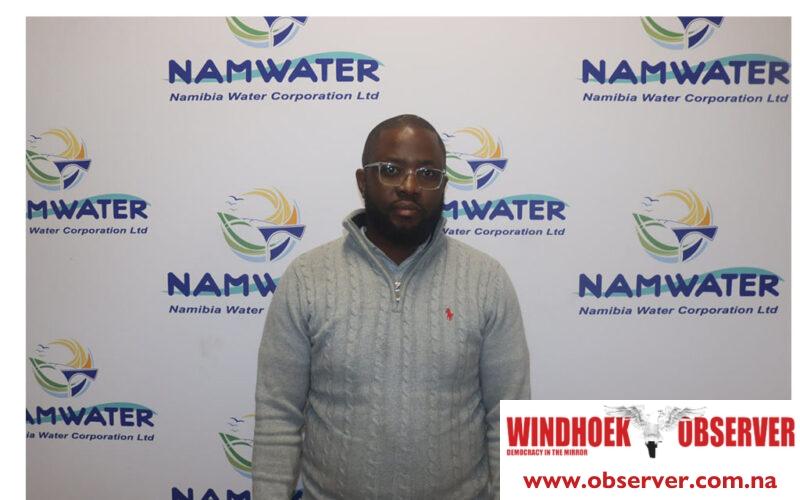Martin Endjala
NamWater has attributed the low water pressure in the Okahao Constituency to feeder lines that have exceeded their design capacity and can no longer handle the pressure.
The water utility’s spokesperson, Lot Ndamanomhata, said this to the Windhoek Observer last week.
”The core challenge lies in the fact that many of NamWater’s feeder lines have now exceeded their design capacity, with several areas experiencing ongoing suppressed demand,” he said.
Ndamanomhata was responding to questions about the situation at the Okahao and Tsandi constituencies in the Omusati region, where many residents have been without water for two months because the water has not reached their villages.
He explained that although the original design of these feeder lines was to deliver a specific volume of water, they have been under pressure due to population growth and the connection of additional branch lines.
To ensure that the reservoirs do not run dry and that water is available during peak demand hours, Namwater has implemented a water rationing schedule at the Okahao and Tsandi Pump Stations.
Ndamanomhata added that rationing is necessary because these two systems do not receive enough water to operate continuously for 24 hours.
He cautioned that immediate solutions are not feasible, as increasing the capacity of feeder lines and constructing additional pump stations are complex, medium- to long-term projects.
“NamWater is actively advancing master water plans, which will allow us to accurately assess future water requirements and implement the necessary infrastructure to sustainably meet growing demand,” he explained.
During dry seasons, when water demand rises significantly as people rely on the pipelines to provide water for their livestock, Ndamanomhata said some areas experience water shortages because others are overconsuming.
He urged communities near the reservoir to use water sparingly to ensure that those communities at the end of the pipeline also receive sufficient water.
Ndamanomhata outlined the ongoing projects that NamWater is implementing to improve water supply infrastructure in the Omusati region.
“These are such because of the construction of the new Outapi Water Purification Plant project currently underway. The completion of this project is expected by December 2025. The goal is to increase clean water production to supply to all areas in the Omusati Region,” he said.
The water utility is also constructing a pump station at the Ogongo Water Purification Plant.
This project is in the detailed design phase.
Once online, it is expected to increase the plant’s distribution capacity, enabling NamWater to transfer more water in a shorter time, thereby eliminating the need for the current rationing system.
The Olushandja Water Purification Plant project is also in the detailed design phase and aims to boost clean water production for the Omusati Region.
The replacement of the Ogongo-Oshakati Pipeline project tender has been advertised, and NamWater is awaiting the appointment of contractors.
The project aims to increase the pipeline’s capacity, addressing one of NamWater’s major bottlenecks in supplying water to the Omusati region due to the pipeline’s age and inability to handle higher pressures.




